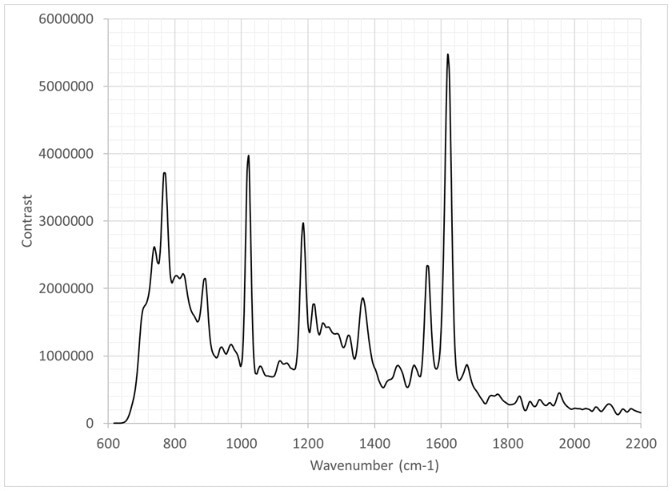Although measuring the molecular and chemical makeup of biological samples has remained difficult, improvements in medical treatments depend heavily on the ability of scientists and researchers to find and recognize the molecular hallmarks of disease as well as create therapeutics that specifically target the illnesses that people have.
The fragility of biological samples means that they are both vulnerable and susceptible to harm from prolonged spectroscopic analysis, which is typically necessary to generate acceptable spectra. Furthermore, many biologics independently fluoresce, which frequently obstructs the ability to create distinct spectra.

Image Credit: IS-Instruments, Ltd.
Deep UV Raman Spectroscopy — ODIN
Fluorescence and Raman signals are spectrally divided at UV wavelengths. Therefore, compared to near-UV, visible, or infrared (IR) approaches, deep UV Raman spectroscopy can detect, classify, and measure compounds at considerably lower concentrations.
ODIN, a small deep UV Raman spectrometer from ISI that runs at 228.5 nm, uses the HES spectrometer’s cooled CCD detector. ODIN is demonstrating that it can measure biological samples more accurately than previously observed and without harming delicate samples.
This has prompted several researchers to suggest using the method to find diseases in tissues.
Equine Synovial Fluid
Dr. Jay Dudhia from the Royal Veterinary College and ISI have been involved in continuous conversations regarding potential partnerships. He has used joint tissues as a subject for Raman spectroscopy. After a recent briefing on the ODIN instrument, a pilot investigation using samples of synovial fluid from equine articular joints was carried out.
In the cavities of joints, there is a non-Newtonian fluid called synovial fluid. Both blood plasma and joint tissue cell-produced proteins can be found in the fluid. It has long been thought that, using techniques like Raman spectroscopy, observations of this fluid could help with the early detection of disorders like arthritis.
Synovial fluid often displays a high fluorescence response that obscures the Raman signal, like many other complicated biological materials. As a result, only limited Raman methodologies have been used to study this material. There are instances of researchers utilizing surface-enhanced Raman spectroscopy (SERS), in which gold/silver particles are put into the sample to create a resonant effect and thus increase the acquired signal intensity to get Raman spectra from synovial fluid samples.
Results and Conclusion
The graph below shows the Raman spectrum obtained using ODIN from a sample of equine synovial fluid. The average number of frames in the data is 10, and the integration time is 30 seconds. The data has only undergone a small amount of processing (e.g., the removal of cosmic rays).
The resulting power spectrum shows several distinct peaks between 750 cm-1 and 1700 cm-1, some of which can be identified using known functional groups and amino acids. The findings demonstrate that ODIN can be utilized to examine this and related biological/biochemical materials without the need for some of the sample preparation restrictions that are required by other approaches, such as SERS.

Image Credit: IS-Instruments, Ltd.

This information has been sourced, reviewed and adapted from materials provided by IS-Instruments, Ltd.
For more information on this source, please visit IS-Instruments, Ltd.